Summary
This lake offers excellent fishing opportunities for various fish species such as rainbow trout, brown trout, brook trout, and tiger trout. Visitors can indulge in a variety of activities such as camping, hiking, and boating.
Fishing Tips:
- The best time to fish at Riggs Flat Lake is during the early morning or late evening hours.
- Using bait such as worms, power bait, and spinners can be effective in catching trout.
- Fly fishing is also popular in this area, and using small nymphs and dry flies can yield good results.
Prevalent Fish Species:
- Rainbow Trout: This species is one of the most common fish found in the lake and can be caught using various bait and lures.
- Brown Trout: Brown trout are also abundant in Riggs Flat Lake and can be caught using similar techniques as the rainbow trout.
- Brook Trout: Brook trout can be more challenging to catch but are still prevalent in this area.
- Tiger Trout: This unique hybrid species of brown and brook trout can be caught using fly fishing techniques.
Best Time of Year to Visit:
The best time of year to visit Riggs Flat Lake for fishing is from April to October, with the peak season being from May to August. The average temperature during this time ranges from 60°F to 85°F.
Nearby Activities:
Visitors can enjoy a range of activities such as camping, hiking, and boating. The Riggs Flat Campground offers several campsites for visitors to stay overnight. Hiking trails such as the Riggs Lake Trail and the Ash Creek Trail provide scenic views of the surrounding forest. Boating is also allowed on the lake, but visitors must bring their own boats as rentals are not available.
Weather Forecast
Nearby Streamflow Levels
Angling Safety Guidelines
Check local fishing rules, seasons, size limits, and license requirements to ensure legal and sustainable angling.
Handle Fish Responsibly
Use wet hands, minimize air exposure, and release fish gently to improve survival rates when practicing catch-and-release.
Choose the Right Gear
Match your rod, line, and tackle to the species and conditions to increase success and reduce unnecessary harm to fish.
Respect the Waterway
Avoid disturbing habitat, prevent bank erosion, and keep a safe distance from spawning areas to protect ecosystems.
Keep It Clean
Pack out all line, hooks, bait containers, and trash—discarded gear can injure wildlife and degrade waterways.
Related Links
Area Campgrounds
| Location | Reservations | Toilets |
|---|---|---|
 Riggs Flat
Riggs Flat
|
||
 Riggs Flat Campground
Riggs Flat Campground
|
||
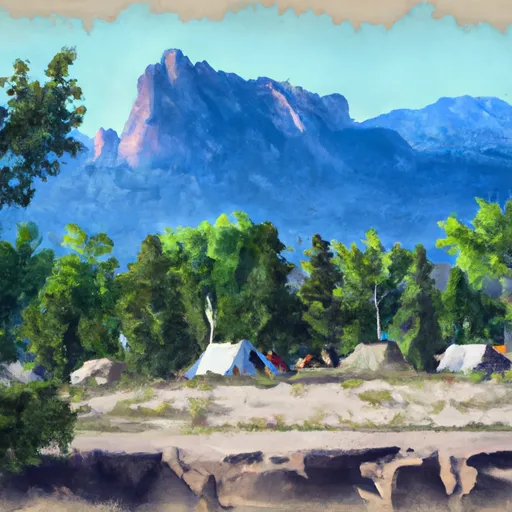 Clark Peak Corrals
Clark Peak Corrals
|
||
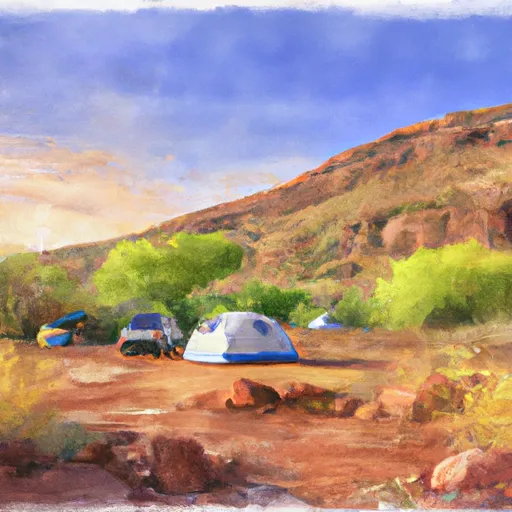 Soldier Creek Campground
Soldier Creek Campground
|
||
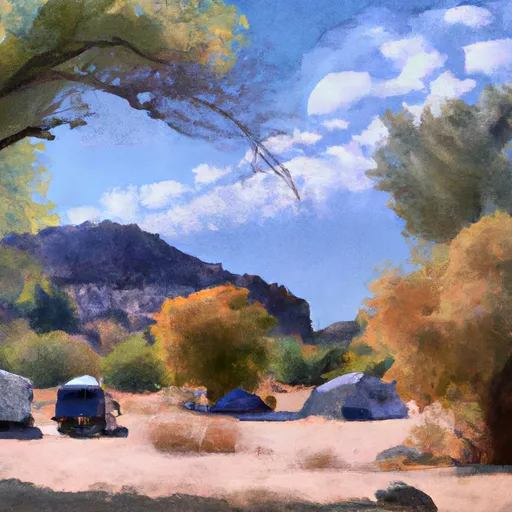 Columbine Corrals Campground
Columbine Corrals Campground
|
||
 Columbine Corrals
Columbine Corrals
|

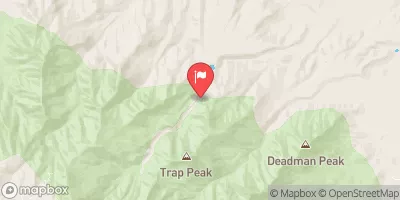
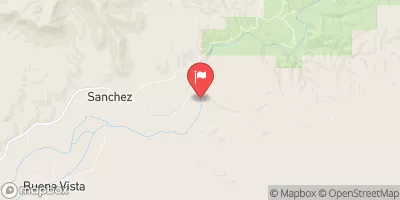


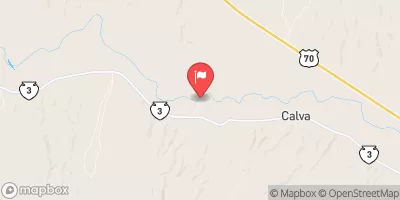

 Riggs Flat
Riggs Flat